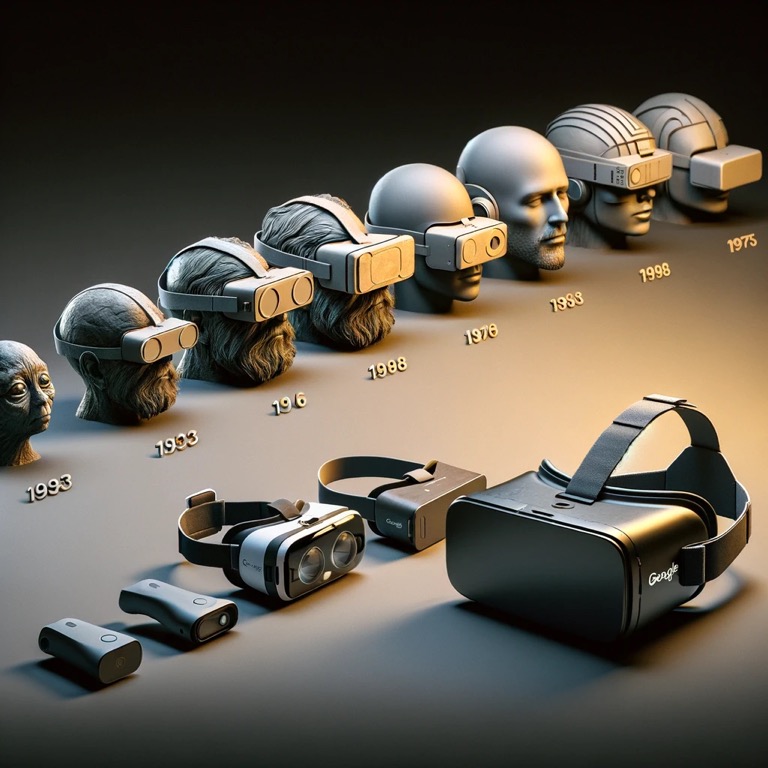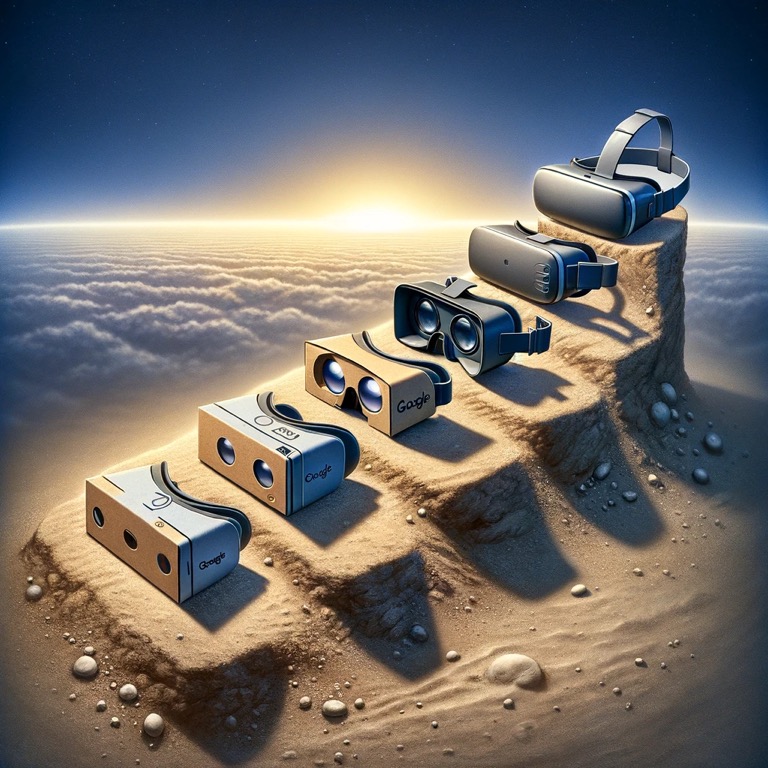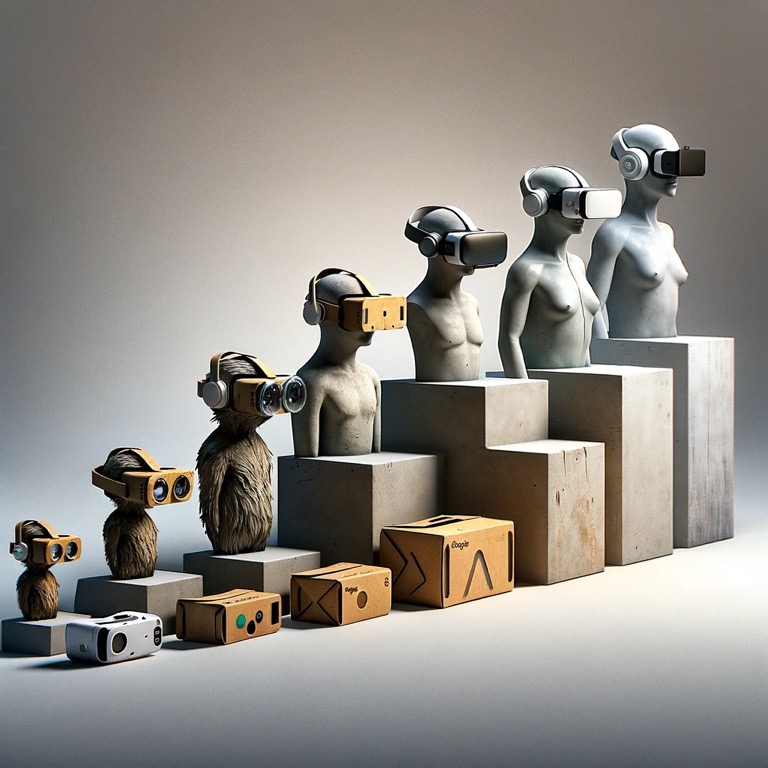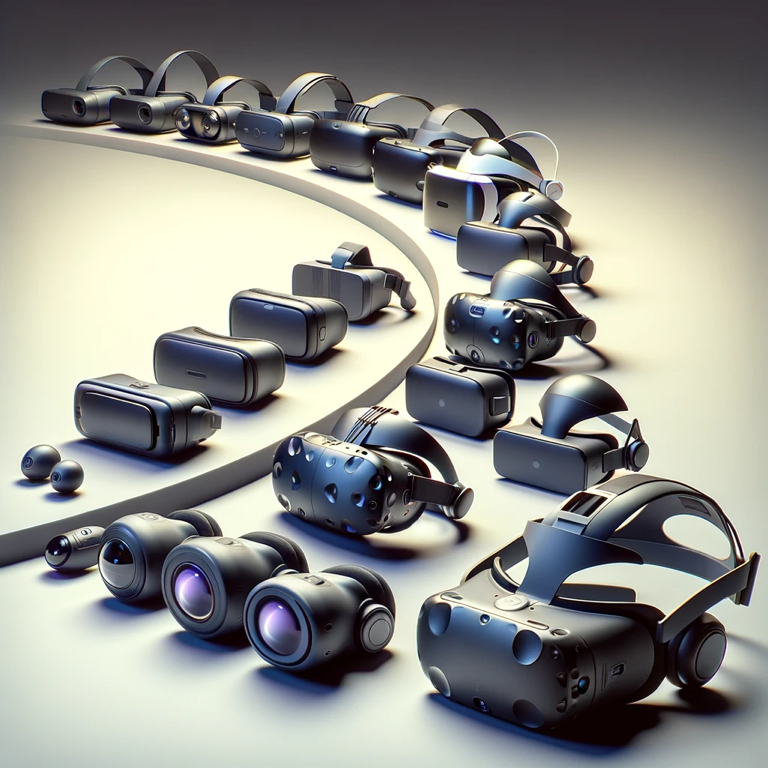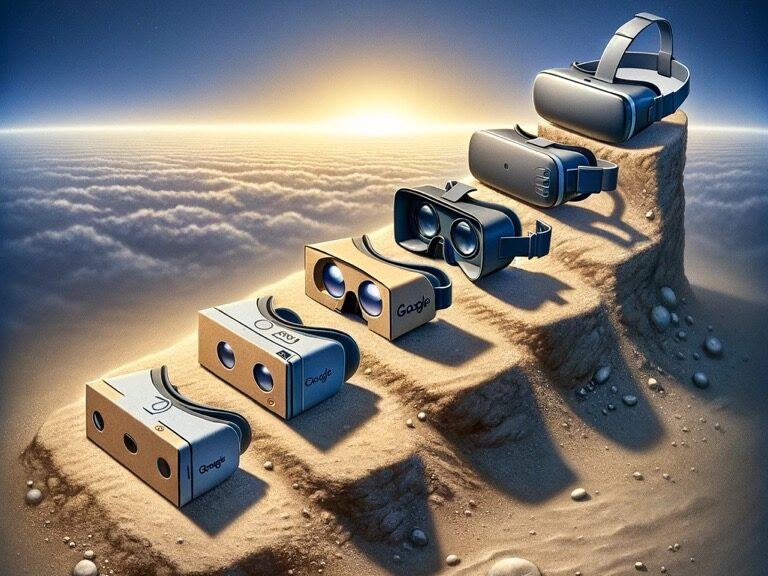
A History Of Virtual Reality
The History Of Virtual Reality
I’m going to take you back to the roots of virtual reality, revealing its transformative journey from a science-fiction fantasy to a real-world innovation. This isn’t just about bulky headsets and immersive games; it’s also about the groundbreaking visions that set the stage for today’s VR experiences.
In the 1950s to the 1970s, forward-thinkers began toying with the concept of VR. We’re talking about inventive minds like Morton Heilig, who created the Sensorama in 1962, an early VR machine that offered multisensory experiences. Then there was Ivan Sutherland, a computer scientist whose 1968 invention, the Sword of Damocles, is often hailed as the first VR head-mounted display system. It’s clear these pioneers weren’t just dreaming of new worlds; they were building the foundations for us to explore them.
Now, these early inventions were fascinating, but let’s not get too caught up in the nostalgia
They set critical technical and conceptual groundwork, from flight simulators that redefined pilot training to educational tools that opened up brand new ways of learning.
With these innovations, VR began to morph from a novelty into a tangible tool with endless potential. This period laid down the tracks for what was to come, paving the way for the skeuomorphic designs in the 1980s and 1990s when VR would start seeing applications that reached beyond the labs and into the public eye. So as we delve into the era when VR began influencing gaming and various commercial fields, remember that it was the ambitions and inventions of these early trailblazers that made it all possible.
The Rise of VR: From Gaming to Commercial Applications
The 1980s signaled a new era for virtual reality, marked by significant advancements that pushed the boundaries of what was previously thought possible. This was a time when graphics technology began to catch up with our aspirations, allowing for more immersive experiences.
In the gaming world, VR found a natural home. Early VR-based video games captured the imagination of players eager for a new level of interaction. Some landmark games and systems that brought VR to the masses, was the Virtual Boy and the Battlezone arcade game, which featured 3D vector graphics.
But VR’s influence extended well beyond entertainment
Choose something that resonates with you, and there’s a good chance VR has touched it. The military embraced VR for training simulations, creating realistic combat scenarios that could safely prepare soldiers for the field. In medicine, VR began to revolutionize the way surgeons plan and practice complex operations. And in education, it brought immersive learning to classrooms, enabling students to explore everything from historical sites to outer space without leaving their desks.
During this period, the public started to become deeply fascinated with the concept of virtual reality. Blockbuster movies, novels, and media coverage contributed to a surge in its popularity, embedding VR into the public consciousness as a symbol of cutting-edge technology.
In reviewing this rapid expansion of VR, let’s not forget the temporary setbacks. The technology of the day was often cumbersome, expensive, and sometimes prone to prompting motion sickness in users, which resulted in mixed reception at times. Yet, these early challenges laid the groundwork for future advancements.
Contemporary VR: Breakthroughs and Future Prospects
I’m going to break down some of the most significant breakthroughs in the world of virtual reality as we know it. That’s going to include headsets with higher resolution, more intuitive controls and improved haptic feedback stirring up the market. Big names like Oculus Quest, PlayStation VR, and HTC Vive are reshaping what immersive experience means today.
You’re going to find out about VR’s current influence, not just on gaming, but how it’s weaving into areas like social media and live entertainment. It’s carving out spaces in which people can interact more deeply with content, whether they’re attending a concert or exploring a virtual art gallery.
A lot is happening very quickly when it comes to future prospects. Industries like real estate and tourism are experimenting with VR to offer virtual visits, which might just be the next best thing to being there in person. In healthcare, medical professionals are leveraging VR for therapy and surgery simulations, offering breakthroughs in patient care.
Choose something that resonates with you, and there’s a good chance VR is already transforming it
Education, for instance, isn’t just about textbooks anymore. Imagine stepping inside a cell during biology class or walking through ancient Rome in a history lesson. That’s where we’re heading.
There’s a lot of opportunity in addressing the challenges, like making VR more accessible and tackling issues related to user safety and data privacy. It’s vital to also consider ethical considerations as we build these new virtual worlds. These will dictate how responsibly VR integrates into our daily lives.
In my opinion, we’ve only just scratched the surface of what’s possible with VR
Your first attempt at using VR might be a bit disorienting, but don’t worry too much about that. It’s all part of the learning curve, and you can always adjust your approach down the road.
I really hope that you continue to explore and engage with virtual reality technology, whether it’s for work, learning, or play. It’s metamorphosing every day, breaking barriers we didn’t even know existed, and it’s doing so at breakneck speed. The VR of tomorrow will likely make today’s version look quaint in comparison.
Thanks for reading, and I’d love to hear your thoughts on where you see VR heading. Let your imagination loose – because with VR, even the sky isn’t the limit. Leave your comments below to share how you envision the future of this fascinating technology. And check out my new VR game, Slice of Time VR.
